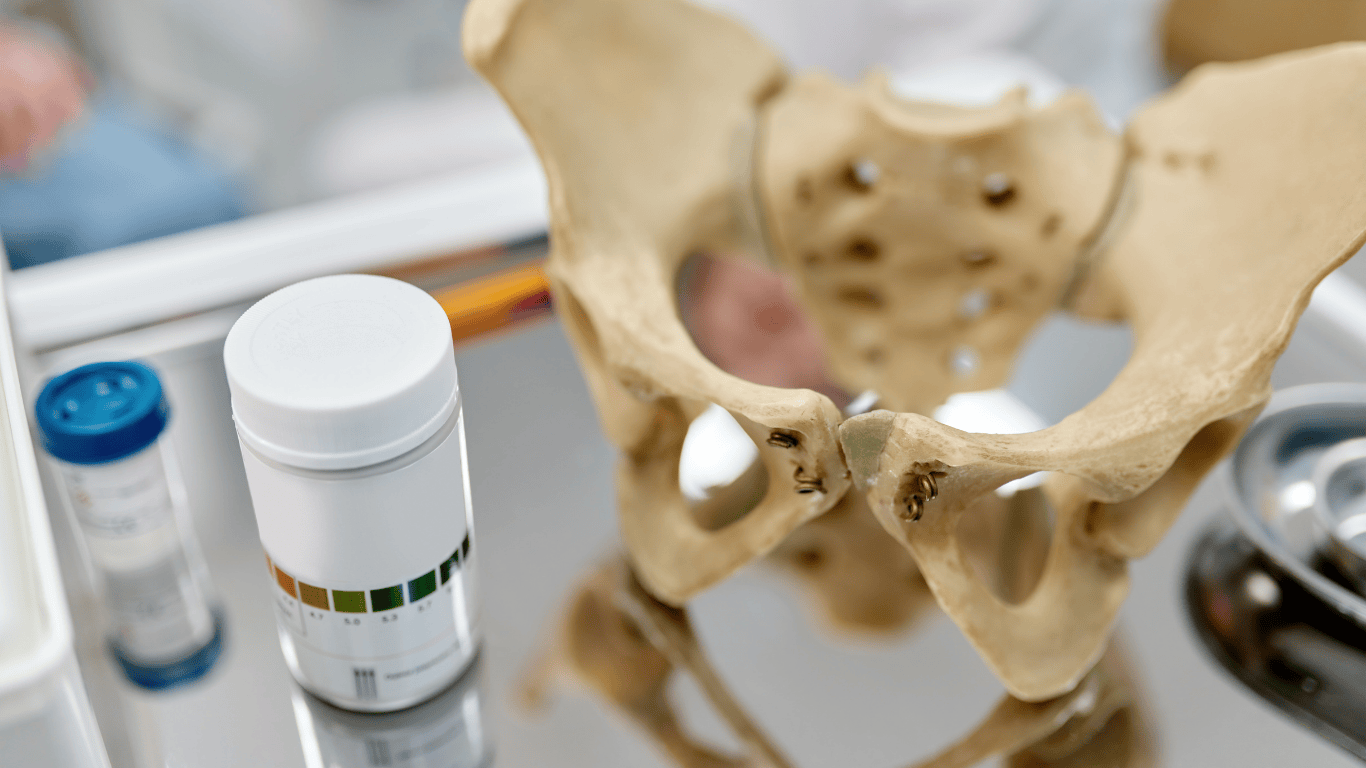Hip pain that lingers despite rest and medication often signals more than simple wear and tear. When discomfort limits daily activities, disturbs sleep, or spreads from the groin into the thigh, it may be a sign that a hip replacement is needed soon. Many people also notice stiffness that makes it hard to walk, climb stairs, or even put on shoes.
At CMQ Hospitals in Puerto Vallarta, Dr. Max Greig and his team often see patients who have tried conservative treatments like physical therapy, injections, or pain relievers without lasting success. In many cases, imaging shows advanced joint damage, confirming that the hip joint has reached a stage where replacement offers the best chance for restored mobility and reduced pain.
The decision to move forward with surgery depends not only on medical findings, but also on how much hip problems affect a person’s lifestyle and emotional well-being. Recognizing these early signs helps patients plan for the right treatment at the right time.
You might also want to learn more about lumbar stenosis surgery.
Key Signs You Might Need a Hip Replacement
Hip arthritis—especially osteoarthritis—often leads to pain, stiffness, and reduced mobility. When these symptoms become severe and persistent, they may indicate that the hip joint is too damaged for non-surgical care to provide relief.
Persistent Hip Pain, Even at Rest
One of the first signs Dr. Max’s patients report is pain that does not improve with rest. Initially, discomfort may occur during activity, but as the condition advances, pain can continue even while sitting or lying down. This is often caused by cartilage wear, where bone rubs against bone, creating inflammation.
Reduced Range of Motion and Hip Stiffness
Stiffness that limits movement—especially difficulty bending, tying shoes, or getting into a car—signals advanced joint damage. Dr. Max explains that when stiffness persists throughout the day and alters gait or posture, hip replacement may be the most effective solution.
Daily Activities Becoming a Challenge
When patients find it difficult to walk short distances, climb stairs, or even stand for long periods, their independence is compromised. Studies confirm that most patients regain mobility and function after hip replacement surgery, improving both movement and quality of life.
Pain That Disrupts Sleep
Nighttime discomfort that prevents restful sleep is another red flag. Many of Dr. Max’s patients describe significant improvement in sleep quality once they recover from surgery.
When Conservative Treatments Stop Working
Physical therapy, medications, and injections can delay surgery for a while. However, when:
- Therapy no longer improves flexibility,
- Pain relievers lose effectiveness, or
- Assistive devices like canes or walkers become essential…
…it may be time to consider total hip replacement as a definitive solution.
Imaging and Advanced Joint Damage
X-rays and MRIs often confirm when the hip has reached an advanced stage: joint space narrowing, bone spurs, and even bone-on-bone contact. Combined with symptoms like grinding or clicking, these findings usually mean that surgery is the best option to restore mobility.
Beyond Physical Pain: Lifestyle and Emotional Wellbeing
Hip disease doesn’t just cause pain—it impacts independence, lifestyle, and even mental health. Patients often avoid social activities, reduce physical activity, and feel frustration or sadness due to limitations. Dr. Max’s patients frequently share how life-changing their recovery feels, not only physically but also emotionally.
Diagnosis and Surgical Evaluation
An orthopedic consultation with Dr. Max includes a full medical history, physical examination, and imaging tests. Together with his team, he explains risks, recovery timelines, and expected outcomes in clear terms, helping patients make informed decisions about surgery.
Why Choose Dr. Max Greig for Your Hip Replacement in Puerto Vallarta
With over 25 years of experience and more than 5,000 successful surgeries, Dr. Max is a trusted name in hip replacement for both local and international patients. His bilingual team provides world-class care, using the latest surgical techniques at CMQ Hospitals.
Patients from the U.S. and Canada often choose Dr. Max for his combination of advanced medical expertise, shorter wait times, and significant cost savings compared to their home countries—all while being cared for in a warm, patient-centered environment.
Frequently Asked Questions
What are the early signs of needing a hip replacement?
Early signs include stiffness after rest, hip or groin pain that worsens with activity, and reduced walking distance compared to before.
How can imaging tests help?
X-rays show narrowing of the joint space and bone spurs, while MRIs reveal early cartilage and soft tissue damage.
What’s the difference between arthritis and bursitis pain?
Arthritis pain is usually felt deep in the groin or thigh, while bursitis causes pain on the outer hip.
What is the “one leg test”?
It involves standing on the affected leg; inability to hold weight suggests advanced hip damage.





